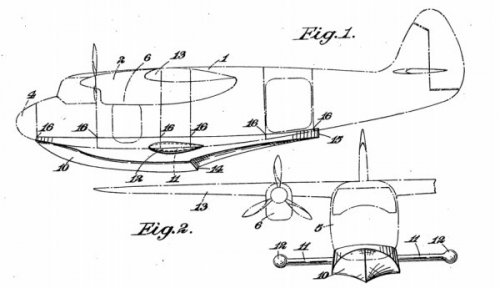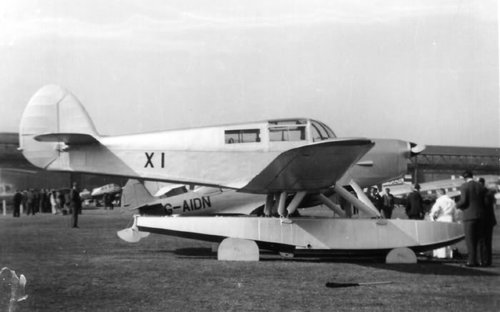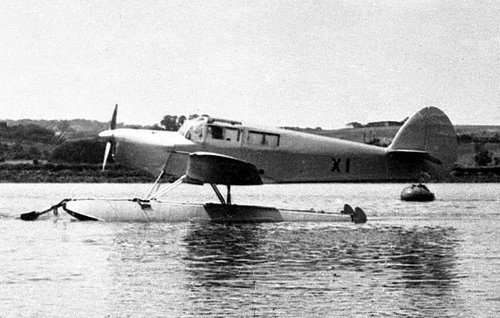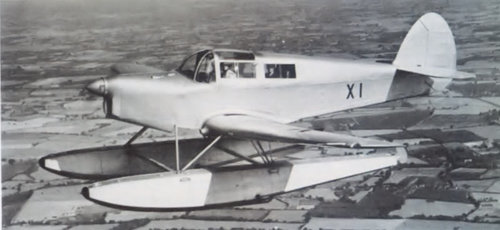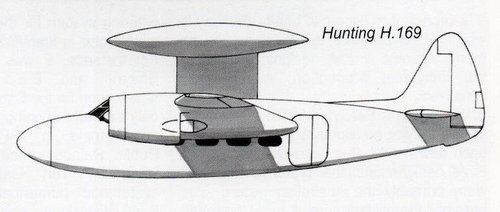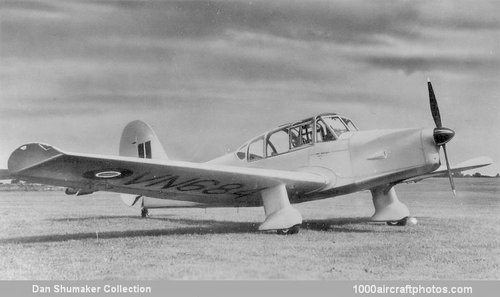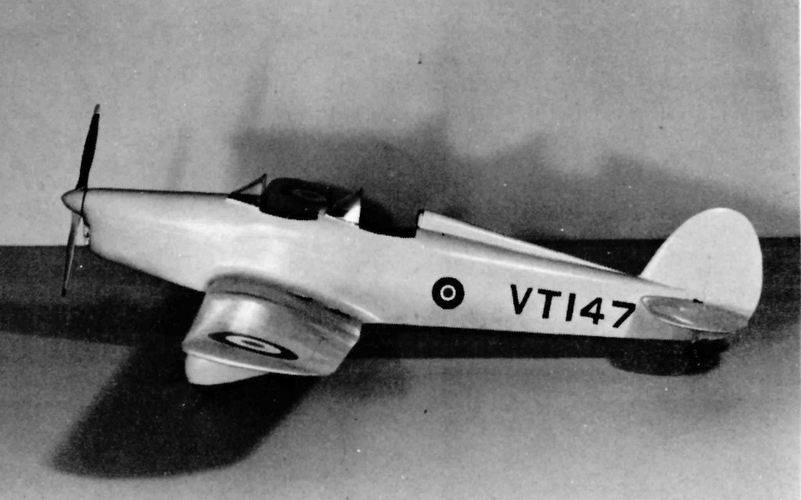Percival seem to have offered two navigation trainer designs to meet Operational Requirement OR.312 in 1952.
OR.312 called for an Intermediate Navigation Trainer to fit between the Valetta T.3 flying classroom (apparently only useful for the first few exercises) and the Varsity crew trainer. Economy of operation seems to have been key.
It was to accommodate 1 pilot, 1 navigator instructor, 2 pupils and 1 wireless operator. It was to be fitted for basic bombing training too with a Light Series carrier and a ventral sighting panel and also provision for a vertical F.24 camera. It was to be fitted with Gee Mk.3, low-level radio altimeter and IFF Mk.10, ILS etc.
The specification was written around the Pembroke (which at the time had not yet entered service).
Two designs were offered, an interim type based on the Prince and the main submission based on the Pembroke. I don't know whether any type designations were applied by Percival, the Interim Prince seems to have been a study rather than what was desired. The Miles Marathon was also studied, but not favoured.
Engines were to be the standard Alvis Leonides 250 4/5.
Eventually OR.312 was abandoned, it was found the Pembroke Trainer could not be delivered before September 1953 without delaying introduction of the Pembroke C.1 and even then much of the planned navigation equipment would not be ready for installation until 1954-55.

